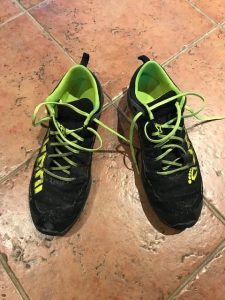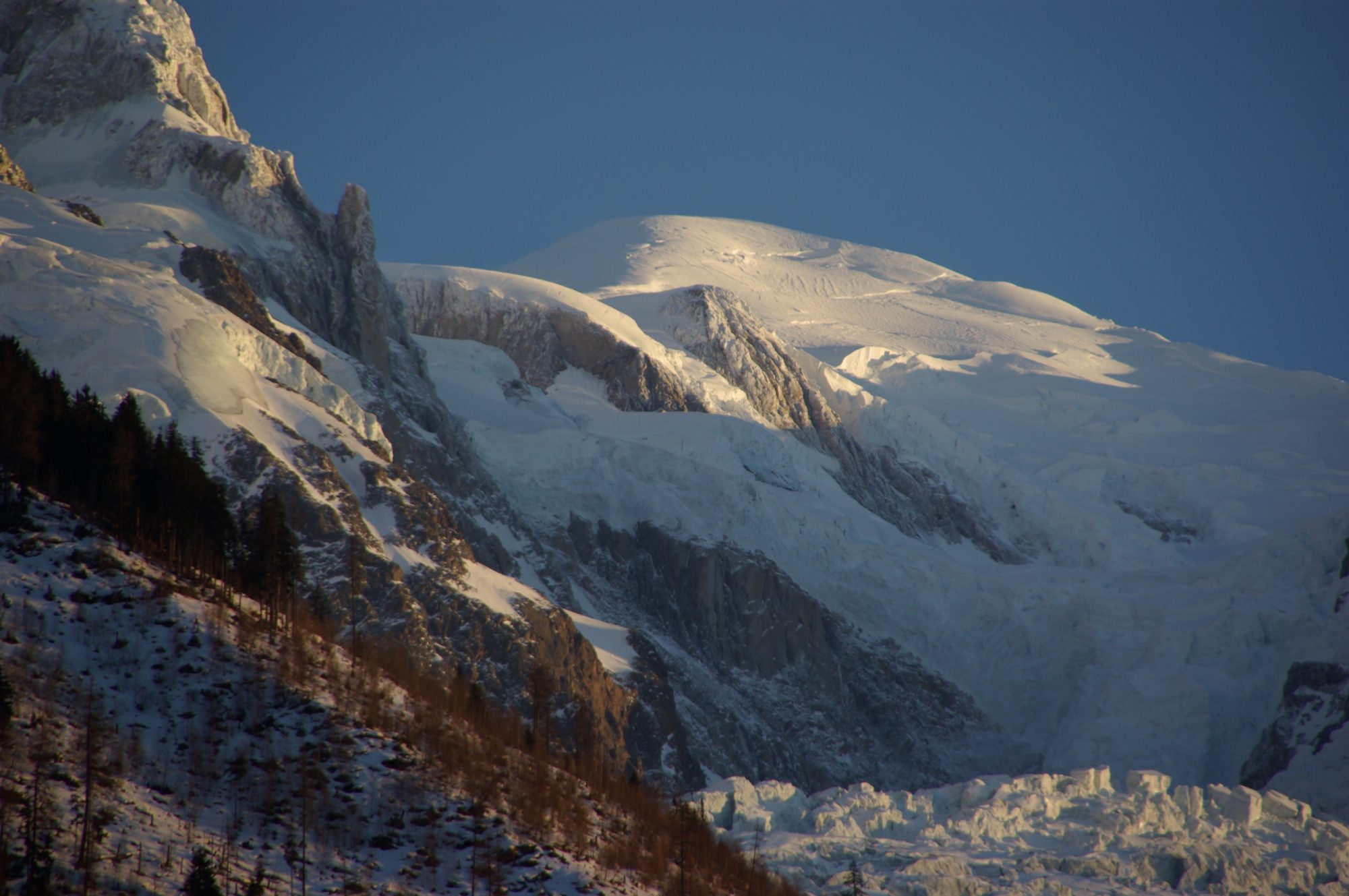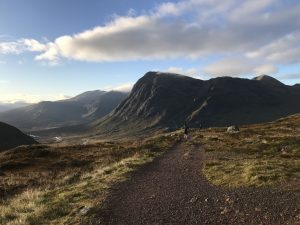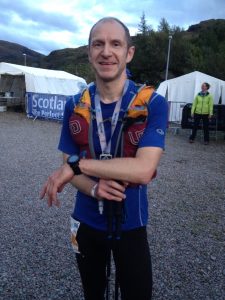Ahh…outdoor gear. I have a love-hate relationship with it.
On the one hand, I love researching the latest designs and technology relating to climbing, running and camping. More importantly, having robust outdoor clothing and equipment can make the difference between an enjoyable experience and a miserable one, where you can’t wait to get back inside into the warmth. Especially in Scotland. I tend to rediscover this every few years when I attempt to go more lightweight and minimal. In extreme cases it can even mean the difference between life and death.
On the other, I’m all too aware of the environmental impact that certain outdoor products have, and also the impact of consumerism in general.
We should aspire to be gnarly, outdoor athletes in old, battered but functional gear that has seen countless epic adventures, rather than punters in shiny, barely used gear in this seasons colours.
And at the end of the day, it’s not having the latest equipment that counts, but the engine inside.
This applies particularly to running, one of the attractions of which is the sheer simplicity of the sport.
However, when it comes to trail and mountain running, you’d be well advised to invest in a small amount of specialist gear that will last a long time and keep you warm and safe.
If you’re getting started in trail, fell or mountain running (ie. running extended distances in fairly remote backcountry areas, with changeable weather, but no overnight camp) this is the gear I currently use and would recommend as a good starting point.


- Trail shoes
- Merino baselayer
- Shorts (or leggings in autumn/ winter)
- Waterproof socks
- Debris gaiters
- Beanie
- Lightweight windproof gloves
- Buff
- Spare micro-fleece layer
- Lightweight waterproof jacket
- Lightweight waterproof pants with zip to knee
- Race vest/ Small running backpack (10 to 15 litres)
- Watch with altimeter
- Map, waterproof map case and compass
- Phone
- Survival bag
- Emergency headtorch (Petzl e-lite)
- Ultra-lightweight walking poles
- Water and snacks sufficient for the route, plus an emergency gel
Obviously this list will vary slightly depending on conditions. For example adding hat and sunscreen in summer, mitts and an extra warmth layer in winter.


